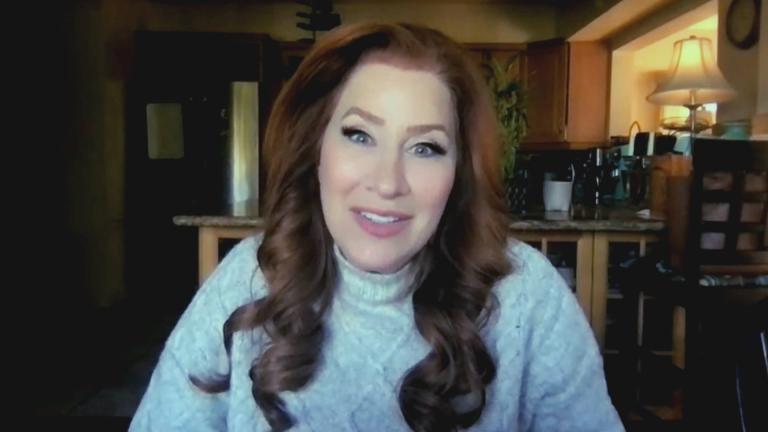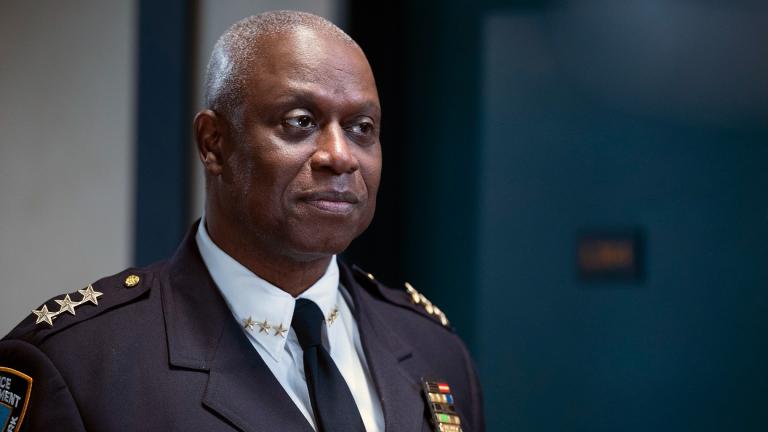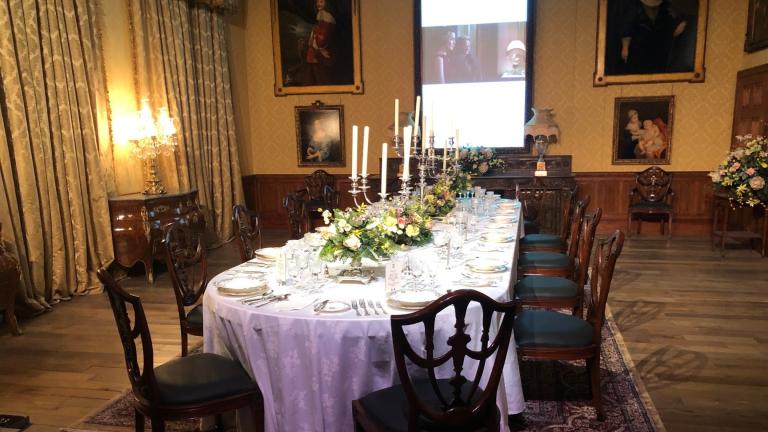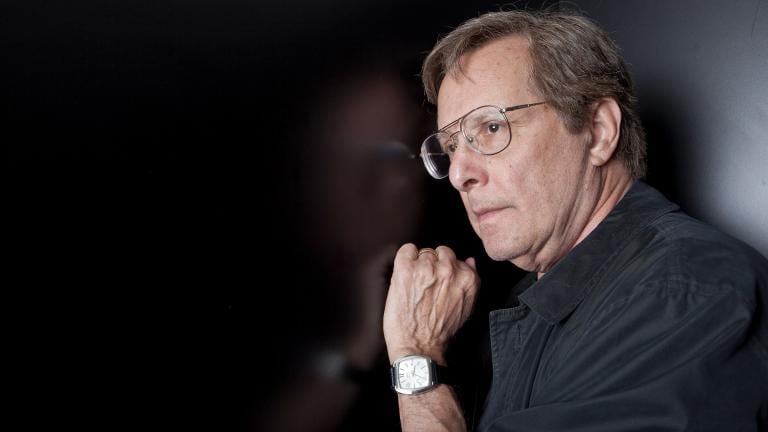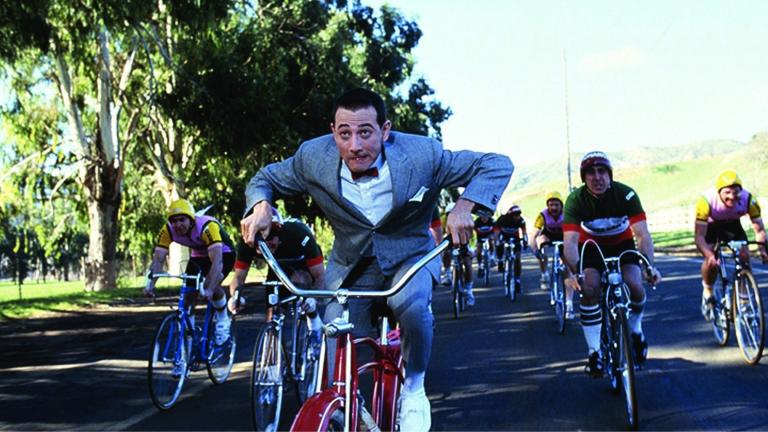The new WTTW-produced PBS series “Prehistoric Road Trip” is a project more than two billion years in the making. The three-part series takes viewers through the heart of America’s fossil country, exploring a diverse range of prehistoric life and digging deep into how early life shaped life as we know it. And yes – there will be dinosaurs.
You might know the show’s host, Emily Graslie, from “The Brain Scoop” videos she makes as the Field Museum’s chief curiosity correspondent. Graslie, a native of South Dakota, says she appreciated her home state’s natural beauty and wonder growing up, but making this show gave her a deeper understanding of all that lies beneath the Great Plains.
“Western South Dakota is one of the most geologically diverse places in the country, meaning that if you start in the heart of the Black Hills of South Dakota and drive about two hours east into Badlands National Park, you can drive through hundreds of millions of years of geologic time,” Graslie said. “And it’s fascinating because there’s some of the most diverse and well-studied ongoing excavations that paleontologists have been working on in that part of the country for over a hundred years. So we start there, but our journey really takes us close to 35 sites across the northern Great Plains … to explore more of those sites that span million of years of geologic time.”
If “Prehistoric Road Trip” doesn’t always look like other science programs, that’s no accident. Graslie and the show’s director, Ally Gimbel, chose a wide range of scientists to talk about their work. Graslie points to her experience as a woman in science as the source of her interest in creating more inclusive platforms.
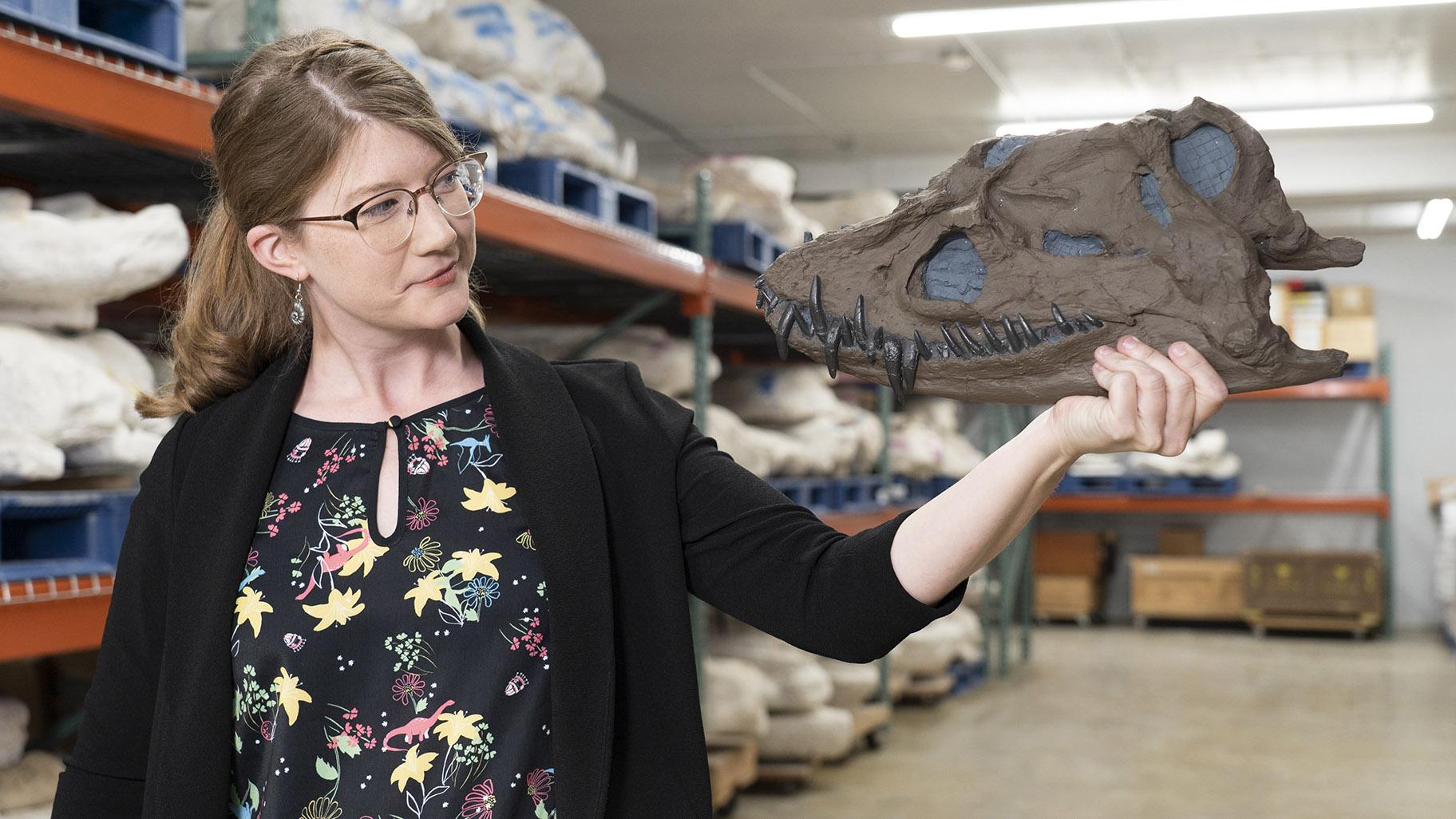 Emily Graslie at the Museum of the Rockies in Bozeman, Montana, for Episode 2 of “Prehistoric Road Trip.” (Credit: Julie Florio / WTTW)
Emily Graslie at the Museum of the Rockies in Bozeman, Montana, for Episode 2 of “Prehistoric Road Trip.” (Credit: Julie Florio / WTTW)
“I grew up watching PBS and programming as a kid but the only woman I saw doing anything science related was Miss Frizzle from ‘The Magic School Bus.’ As much as I love Miss Frizzle and channel her, she’s a fictional character. So to be able to show so many real women who are making meaningful and dynamic contributions to their field is powerful,” said Graslie. “And it’s not just women, it’s members of the LGBT community, it’s people of different ethnic and racial backgrounds, it’s really a celebration of how diversity contributes to positively to our understanding of the world.”
Across the show’s three episodes, Graslie travels from the Dakotas to Wyoming, Montana and Nebraska, visiting sites where the fossils range from bacteria to dinosaurs to early mammals, spanning billions of years of prehistory. Through visits with scientists, sweeping drone footage, and dynamic animations, Graslie says the stories science tells are contagiously fascinating.
“In my experience, when you start expressing your genuine curiosity and enthusiasm for learning, it tends to be infectious,” said Graslie. “So it was sort of a positive feedback loop – anytime, anywhere we went, you just pick up a fossil and point out, ‘this is cool! It is cool that this thing exists, it is cool that we can look at it, and learn things about it!’ It’s really infectious, and it’s easy to get excited about.”

